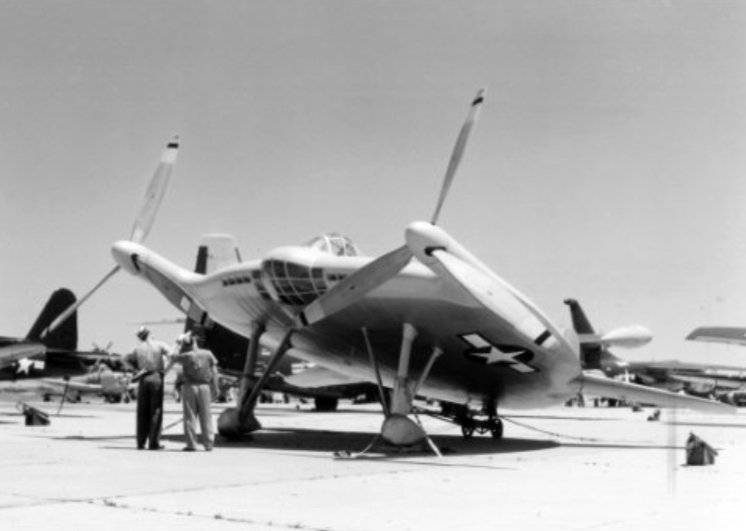Sunday, June 3, 2012
Aviation: "Flying Pancake"
The Vought V-173 was an amazing and practically forgotten experiment in aviation during World War 2. This experiment was developed and designed by Charles H. Zimmerman, and the prototype was piloted by legendary pilots Boone Guyton and Charles Lindbergh. Rather than conventional wings, the body of the V-173 was a discoidal symmetrical airfoil. The plane was powered by 2 80 horse-power continental engines spinning 2 propellers. Test flights of the V-173. It is likely that test flights (during 1942 to 1943) were reported as UFO sightings.
Zimmerman's accomplished some amazing feats in his design. The V-173 had near vertical take off and landing capabilities (very impressive for a propeller plane) and handled very well at low speeds. The plane was noted for being very difficult to stall. In addition, the structure of the plane turned out to be remarkably strong. The V-173 also successfully demonstrated Zimmerman's idea of in using the propellers to counter the wing-tip vortices.
The proto-type V-173 lead to the development of the Vought XF5U-1, funded by the United States Navy as a fighter plane. While the V-173 was a wood and fabric airframe, the XF5U-1 was as an all metal construction. This promising design, while it tested in taxi, ground runs, and short hops never actually made a true flight. The project was canceled in 1948 as the Navy was replacing fighter propeller-planes with jet aircraft. The only completed XF5U-1 was destroyed by a wrecking ball. The V-173 however survived in storage. Today it belongs to the Smithsonian National Air and Space Museum. According to the Smithsonian website, the V-173 is "not on display at the National Air and Space Museum; it is either on loan or in storage."
Short video clip on the Vought V-173
http://www.youtube.com/watch?v=LfpTDOAfj7Y
Gudaitis, Frank. "Charles Zimmerman and his "Skimmer." Flight Journal; April, 2005.
Subscribe to:
Post Comments (Atom)

No comments:
Post a Comment